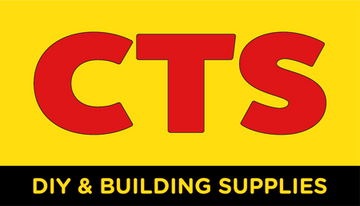Description
Non-hydraulic | Breathable | Extraordinarily Flexible | Sustainable | Traditional | Beautiful
Limecote is based on a lost English medieval lime plaster recipe, once used commonly, particularly on timber framed buildings. It can still be easily found in 15th to 18th Century buildings – from the humblest thatched cottage to the grandest, high status mansions. It is highly likely that the recipe was used for one of the most extravagant buildings Europe has ever seen: Nonsuch Palace, Henry VIII's grandest and most elaborate building project. The building was timber framed and was decorated with 700 high relief stucco panels depicting classical scenes. This recipe has its roots in the Stucco mixes used in the classical world from 3,500BC. The connecting thread through history is the use of calcium carbonate instead of sand, be it marble dust, powdered limestone or crushed chalk.
Limecote is a dry ready mixed, non-hydraulic lime plaster for internal or external use.
Limecote is packaged in 25kg recyclable LDPE bags.
MIXING: Pour no more than 7 litres of clean water into a mixing tub. Gently add Limecote, mixing with a plasterer's paddle. Do not add all of the dry plaster at once, bring gradually up to the required consistency. If necessary, add more water. There is no 'right or wrong' amount of water to add, it can be used at whatever consistency best suits the job, be it thinned down for spraying, or thick enough to hand mould into heavy relief as with modelling clay.
Once the Limecote is uniformly mixed, gently add the fibres from the small bag and mix thoroughly. Limecote does not need to stand, it can be used straight away. Ensure that the background is clean and free from loose and friable material. Lightly damp down, avoiding a film of water on the surface. While Limecote will adhere to practically any background, it doesn't contain any hard, sand aggregates. When it dries, it won't crack, but may pull back into the substrate. In a raking light, such as low sun or artificial up/down lighters, variation in background from lath, block mortar joints etc. may show through. For this reason, it is worth applying a scratch coat of Warmcote onto these backgrounds first.
Payment & Security
Your payment information is processed securely. We do not store credit card details nor have access to your credit card information.


